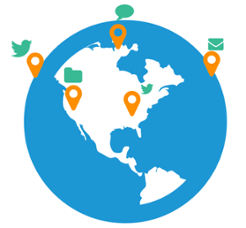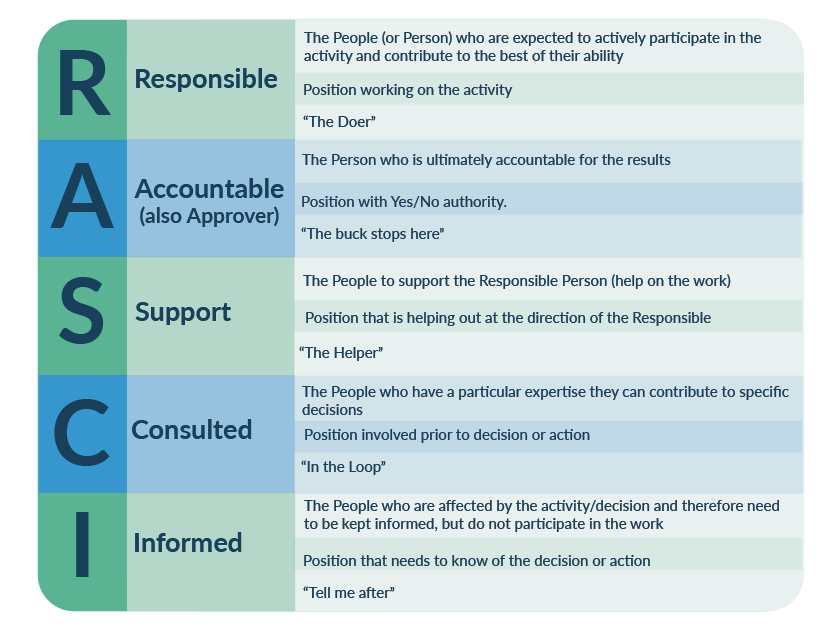 Are you on the same page as your remote colleagues? It can be challenging to execute consistent, aligned marketing across global teams, dispersed freelancers, agencies and employees working from home. Yet the scalability and flexibility has benefits that have inspired companies to tackle the inherent challenges of remote teams and resources. What do successful distributed teams have in common?
Are you on the same page as your remote colleagues? It can be challenging to execute consistent, aligned marketing across global teams, dispersed freelancers, agencies and employees working from home. Yet the scalability and flexibility has benefits that have inspired companies to tackle the inherent challenges of remote teams and resources. What do successful distributed teams have in common?
6 attributes of high-performing distributed teams
Spoiler Alert: It’s about sharing
Shared goals. Having documented, communicated and shared goals across co-located teams helps to align them around clear outcomes. It’s not enough to have goals in a handbook, business plan or quarterly retreat. Goals need to be integrated into the way we work on a daily basis.
Task level visibility. A clear understanding of which and whose tasks contribute to needed outcomes is critical to achieving shared goals. To reduce duplicative efforts, conflicting strategies and unaligned work product, it’s as important to understand what other teams are working as your own. Making roles clear to those involved—and those impacted—is core to building a productive work cadence. The RASCI Responsibility Matrix is a highly effective method for designating roles within a task or project. The matrix below outlines the possible participation roles within a project. We use this model at Akoonu.

Process for project management. Holding regular meetings with all accountable people helps teams to move efficiently towards completing project tasks. Structured meetings with process encourage accountability and visibility through setting a consistent expectation of how and what to report on a regular basis. Does your marketing project involve multiple internal teams and outside freelancers and/or agencies? Do they all have access to the same documents and materials? How are updates shared? Having a process in place to update status and share information is critical.
Collaborative tools. It’s one thing to talk about the importance of collaborating, it’s another to give your teams the tools they need to execute on it. The right tools should promote equal access necessary information and shared resources. For example, Akoonu for Marketing helps your global marketing teams access the same version of your brand guidelines. Hubspot’s round-up of other tools for working remotely is a great resource list.
A purposeful mindset. Thoughtfulness goes a long way. If you’re not purposefully thinking of how your role impacts others, perhaps it’s time to look at adding team cohesiveness to shared goals. Whether you’re joining a meeting in-person, or virtually with remote teams, your mindset will have an impact on the results you achieve.
“Studies have shown that only 7% of our impact is through the text and words we say, 93% is in how we “show up” energetically, our beliefs, our presence, even our posture. That’s pretty significant. And it means you have super powers.” Anese Cavanaugh Writer/Speaker via 15five.com
Communicate, communicate, communicate. The best way to get to know someone is to talk (listen) to them. Be purposeful about how, when and why you communicate with your colleagues.
Sharing common goals, holding each other accountable, having a shared process, being collaborative, having a purposeful mindset and communication are strong indicators your distributed team is poised to deliver.

